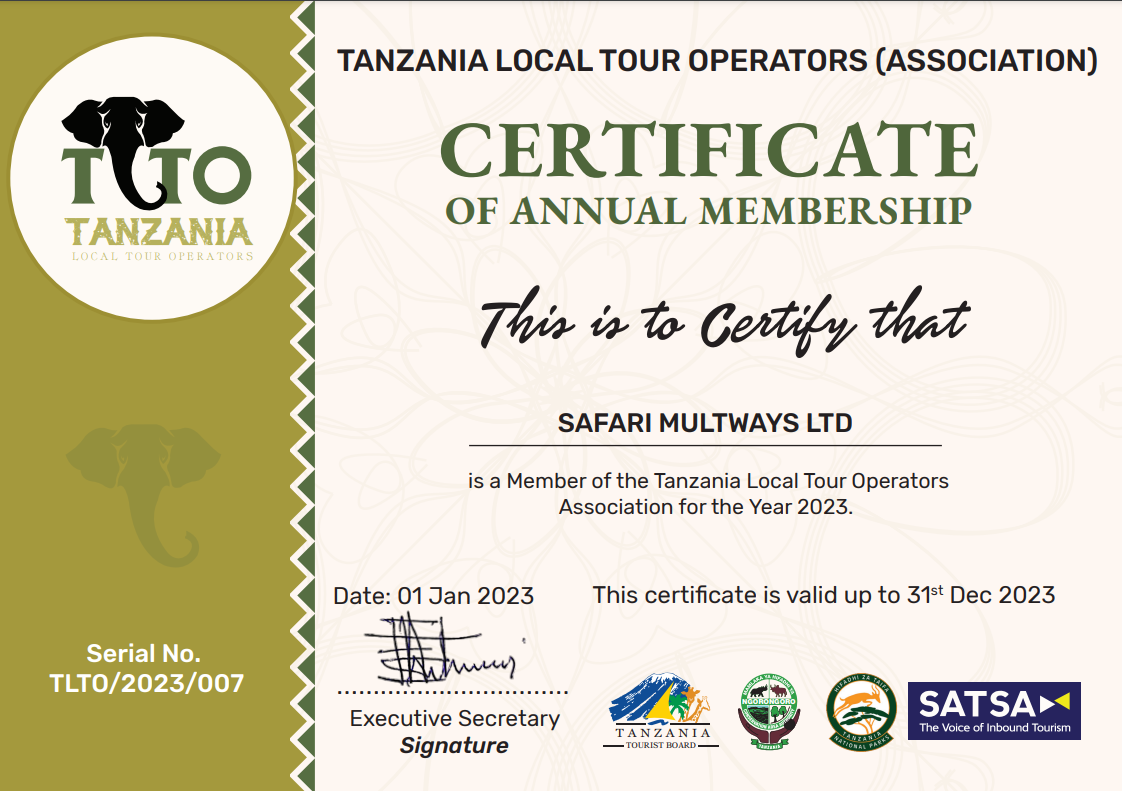Exploring Tanzania’s Wildlife Safaris: Navigating the Risks of Malaria
Unveiling Tanzania’s Diverse Wildlife Safaris
Tanzania, located in East Africa, is a haven for wildlife enthusiasts and nature lovers. The country boasts an incredible array of national parks and reserves, teeming with diverse wildlife and iconic landscapes. From the majestic Serengeti National Park, home to the Great Migration of wildebeest and zebras, to the stunning Ngorongoro Crater, a natural wonder filled with an abundance of wildlife, Tanzania offers a safari experience like no other.
Visitors to Tanzania have the opportunity to witness the Big Five – lions, elephants, buffaloes, leopards, and rhinos – in their natural habitats, as well as a multitude of other species such as giraffes, zebras, hippos, and cheetahs. Whether embarking on a thrilling game drive, a walking safari, or a hot air balloon ride over the savannah, Tanzania’s wildlife safaris promise unforgettable encounters with some of the world’s most magnificent creatures.
Safeguarding Against Malaria Risks: A Guide for Explorers
While Tanzania’s wildlife safaris offer a once-in-a-lifetime experience, it is essential for travelers to be aware of the risks associated with malaria, a prevalent disease in the region. Malaria is a serious and potentially life-threatening illness transmitted through the bite of infected mosquitoes. Due to the presence of the Anopheles mosquito in Tanzania, visitors are at risk of contracting malaria, particularly in rural and wilderness areas where the insects are prevalent.
To safeguard against malaria risks and ensure a safe and enjoyable safari experience, explorers can take the following precautions:
Consult with a healthcare provider
Before embarking on a trip to Tanzania, travelers should consult with a healthcare provider or travel medicine specialist to discuss malaria prevention strategies. Depending on individual factors such as health status, travel itinerary, and duration of stay, a healthcare provider may recommend antimalarial medications to reduce the risk of infection.
Use insect repellent
Insect repellent containing DEET (N,N-diethyl-meta-toluamide) is highly effective in repelling mosquitoes and reducing the likelihood of bites. Travelers should apply insect repellent to exposed skin and clothing, especially during dusk and dawn when mosquitoes are most active.
Wear long sleeves and pants
Wearing long-sleeved shirts, long pants, and closed-toe shoes can provide an additional barrier against mosquito bites. Lightweight and breathable clothing made from tightly woven fabrics offers protection while ensuring comfort in Tanzania’s warm climate.
Sleep under a mosquito net
In malaria-endemic areas, sleeping under a mosquito net treated with insecticide is a crucial preventive measure. Travelers should ensure that their accommodations provide mosquito nets and properly secure them around the bed to create a protective barrier against mosquitoes while sleeping.
Stay in accommodations with proper screening and air conditioning
Choosing accommodations with screened windows and doors, as well as air conditioning, can help minimize exposure to mosquitoes indoors. Keeping windows and doors closed, especially during peak mosquito activity hours, can further reduce the risk of bites.
By taking these precautions and staying informed about malaria risks, travelers can enjoy Tanzania’s diverse wildlife safaris with peace of mind. With careful planning and preparation, explorers can immerse themselves in the beauty of Tanzania’s natural wonders while safeguarding against the threat of malaria.



